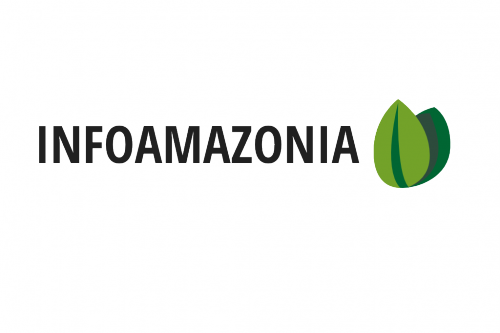A new form of visualization of Global Voices stories about the Amazon rainforest is now available in the shape of a map of the website InfoAmazonia.org. Through the established content partnership, Info Amazonia's special interactive map is being updated with the latest citizen media stories by Global Voices about the Amazon in English, Portuguese and Spanish.
The platform, a project by Internews and Brazilian environmental website O Eco [pt], was launched in June 2012 at the Rio+20 United Nations Conference on Sustainable Development. It intends to “help broaden the understanding of the global impact of this important region in the world” by aggregating articles and data on the environmental changes in the Amazon rainforest:
Follow InfoAmazonia on Twitter for updates: @InfoAmazonia.
InfoAmazonia provides timely news and reports of the endangered Amazon region. A network of organizations and journalists deliver updates from the nine countries of the forest. The data used will always be freely available for download and will be renewed frequently. The comparison between stories and data aims to improve public’s perception of issues in the Amazon region.
The Amazon region is one of the most biodiverse areas in the world, keeping in check climate change by absorbing CO2. Yet in the light of its importance, the region has faced acute environmental challenges.
As Global Voices reported in the special coverage page Forest Focus: Amazon created for the United Nations International Year of Forests (2011):
In the Amazon rainforest region, deforestation impacts around 30 million people and 350 indigenous and ethnic groups. Yet the Amazon, and other forests like it, are fast-becoming major casualties of civilization as growing human populations increasingly threaten these important biomes.
A platform to serve the community
“Use us as a tool”, Project Coordinator and Knight International Journalism Fellow Gustavo Faleiros told Global Voices team when offering to serve the citizen media community in terms of maps and visualization of data in the Amazon:
We want to be your desk of maps and visualization.
We took on the challenge and invited InfoAmazonia to draw us a map with the boundaries of Amazonia Legal for a Global Voices story from last July about the approval of a bill in Brazil that has opened the door to the cultivation of sugar cane for the first time in that area, which comprises the geographical regions of the Amazon forest, the tropical savanna Cerrado, and the swamp land Pantanal.
Five more Global Voices stories have already been mapped in the InfoAmazonia platform since June, representing a step forward for our community on data journalism from Latin America.
InfoAmazonia invites anyone to participate by sharing data, stories and geographic coordinates through the website's submission tool. Existing maps, organized by publisher or categories such as protected areas and indigenous lands, deforestation, oil & gas, among others, can also be embedded in other pages using a sharing widget.








2 comments